Chemists have been working to synthesize high-value materials from waste molecules for years.
Tag: Electricity
What Was Behind the 2021-2022 Energy Crisis Within Europe?
A team of researchers had already been working with electricity price data for years before Russia’s invasion of Ukraine, exploring statistics and developing forecasting methods. Now they zero in on how prices in different countries relate and how countries were affected by the energy crisis and address the interdependencies of different markets.
Power Generated from Waste Branches and Kudzu Vines
The Korea Institute of Energy Research develops technology to transform discarded forestry and agricultural waste into solid-type biofuel for power generation. Developing technology to upcycle non-edible waste into carbon-neutral fuel is crucial for constructing a circular bioeconomy as well as coping with climate crisis.
Harvesting Unused Micro-vibration to Generate Electricity
The Korea Research Institute of Standards and Science (KRISS) has developed a metamaterial that traps and amplifies micro-vibrations in small areas.
Multi-criteria decision-making for techno-economic and environmentally sustainable decentralized hybrid power and green hydrogen cogeneration system
Abstract For global sustainable development, supplying reliable, clean and affordable energy to all is critical. Also to achieve the stringent carbon emission reduction target, the global energy transition is towards increasing the renewable share of total power generation. As renewable resources are intermittent,…
Caterpillars can detect their predators by the static electricity they emit
Caterpillars respond defensively to electric fields similar to those emitted by their natural predators, scientists at the University of Bristol have found.
UC Irvine-led research team discovers new property of light
Irvine, Calif., May 6, 2024 – A research team headed by chemists at the University of California, Irvine has discovered a previously unknown way in which light interacts with matter, a finding that could lead to improved solar power systems, light-emitting diodes, semiconductor lasers and other technological advancements.
At the Climate READi workshop: Resilient power systems in the context of climate change
The Department of Energy’s Oak Ridge National Laboratory and other institutions joined industry stakeholders in exploring solutions for power grid climate resilience at the Climate READi Southeast workshop co-hosted by EPRI and ORNL’s Water Power Program on April 10-11.
New Technique Lets Scientists Create Resistance-Free Electron Channels
Researchers have taken the first atomic-resolution images and demonstrated electrical control of a chiral interface state – an exotic quantum phenomenon that could help researchers advance quantum computing and energy-efficient electronics.
You don’t need glue to hold these materials together — just electricity
A study in ACS Central Science shows that applying voltage to certain objects forms chemical bonds linking the objects together. Reversing the direction of electron flow separates the materials. This could help create biohybrid robots, improve biomedical implants and enable new battery technologies.
Bacteria generate electricity from wastewater
“We engineered E. coli bacteria, the most widely studied microbe, to generate electricity,” says Professor Ardemis Boghossian at EPFL. “Though there are exotic microbes that naturally produce electricity, they can only do so in the presence of specific chemicals.
A FORCE to be reckoned with: Computer modeling for optimal energy partnerships
Integrating nuclear power into broader energy systems, including renewable energy sources and heat-intensive industries, could improve flexibility and unlock revenue streams for nuclear power producers.

Rooftop solar panels could power one third of US manufacturing sector
A new study, published in IOP Publishing’s journal Environmental Research: Sustainability and Infrastructure, investigates the feasibility of meeting these electricity demands through on-site solar panel installations for different regions and manufacturing sectors across the United States.
IDAHO RESEARCHERS DEVELOP TOOL TO HELP RESTORE ELECTRICITY AFTER NATURAL DISASTERS
Storm-DEPART helps utilities refine their damage estimates by combining utility infrastructure data with weather data from the National Hurricane Center to efficiently deploy restoration resources.
New findings pave the way for stable organic solar cells that may enable cheap and renewable electricity generation
Due to the recent improvements in the efficiency with which solar cells made from organic (carbon-based) semiconductors can convert sunlight into electricity, improving the long-term stability of these photovoltaic devices is becoming an increasingly important topic.
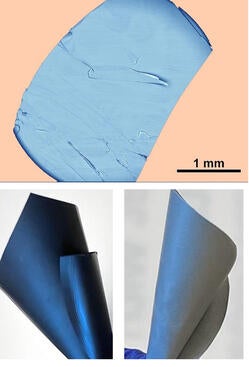
Team creates “quantum composites” for various electrical and optical innovations
A team of UCR electrical engineers and material scientists demonstrated a research breakthrough that may result in wide-ranging advancements in electrical, optical, and computer technologies.
Harnessing Plant Molecules to Harvest Solar Energy
ROCKVILLE, MD – Our current solar panels aren’t very efficient; they are only able to convert up to about 20 percent of the sun’s energy into electricity. As a result, to generate a lot of electricity, the panels require a lot of space—sometimes leading forests to be cut down or farms to be replaced by solar.
Study quantifies global impact of electricity in dust storms on Mars
Mars is infamous for its intense dust storms, some of which kick up enough dust to be seen by telescopes on Earth. When dust particles rub against each other, they can become electrified. New research shows that this electrical discharge could be the major driving force of Martian chlorine cycle.
Expert: No easy solutions to protect power grid from crippling gunfire attacks
A Tulane University expert on homeland security says recent attacks and vandalism on electrical substations have raised questions about protecting these valuable pieces of America’s infrastructure. Last week, gunshots severely damaged two substations in Moore County, N.C., leaving 45,000 homes…
Producing ‘green’ energy — literally — from living plant ‘bio-solar cells’
By collecting electrons naturally transported within plant cells, scientists can generate electricity. Now, researchers reporting in ACS Applied Materials & Interfaces have, for the first time, used a succulent plant to create a living “bio-solar cell” that runs on photosynthesis.
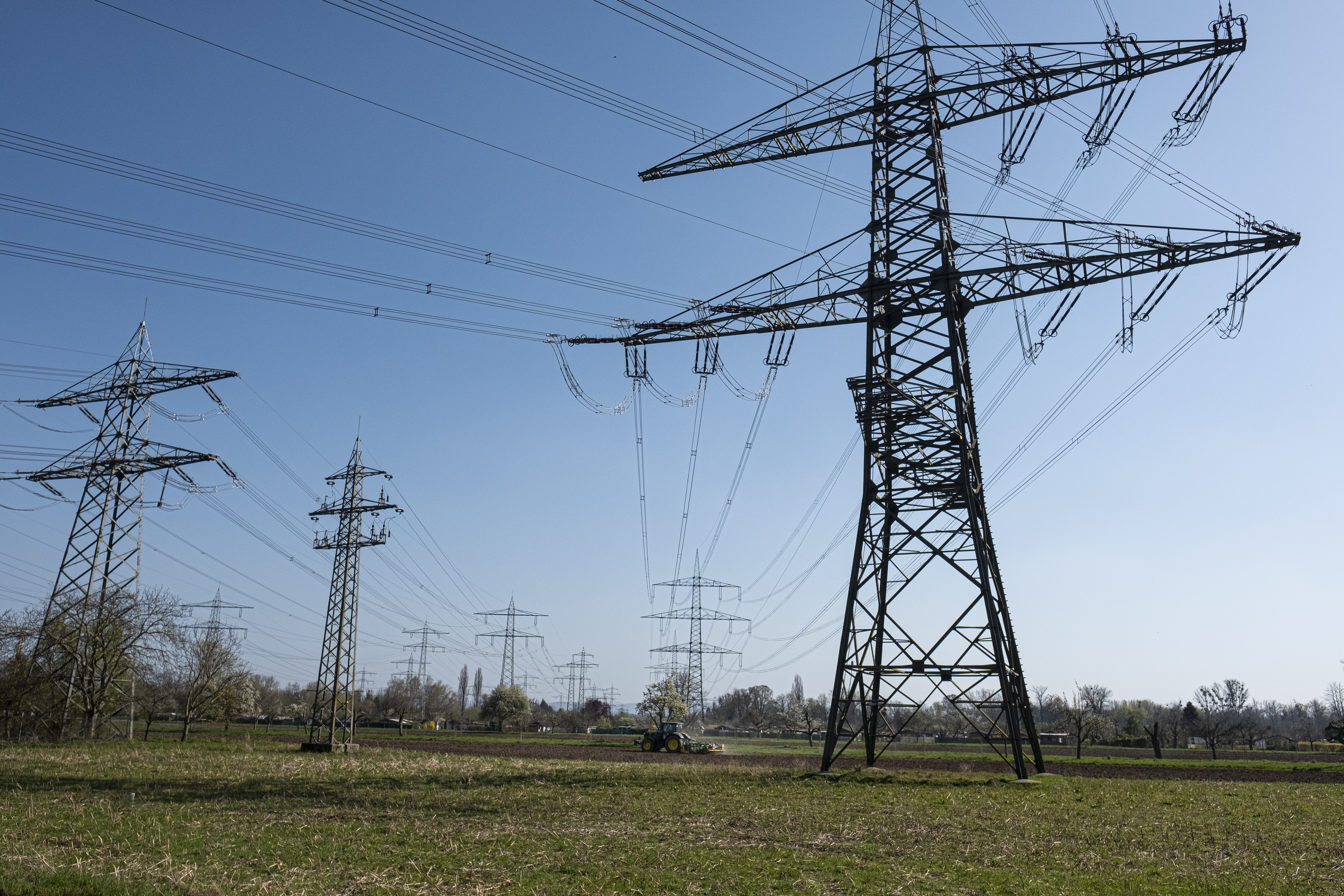
Power Supply: Understanding Unstable Grids
A sustainable energy supply requires the expansion of power grids. However, new transmission lines can also lead to grids becoming more unstable rather than more stable, as would be expected. This phenomenon is referred to as the Braess paradox. For the first time, an international team, including researchers from the Karlsruhe Institute of Technology (KIT), has now simulated this phenomenon in detail for power grids, demonstrated it on a larger scale, and developed a prediction tool, which is to support grid operators in decision-making. The researchers report in the journal Nature Communications. (DOI: 10.1038/s41467-022-32917-6)
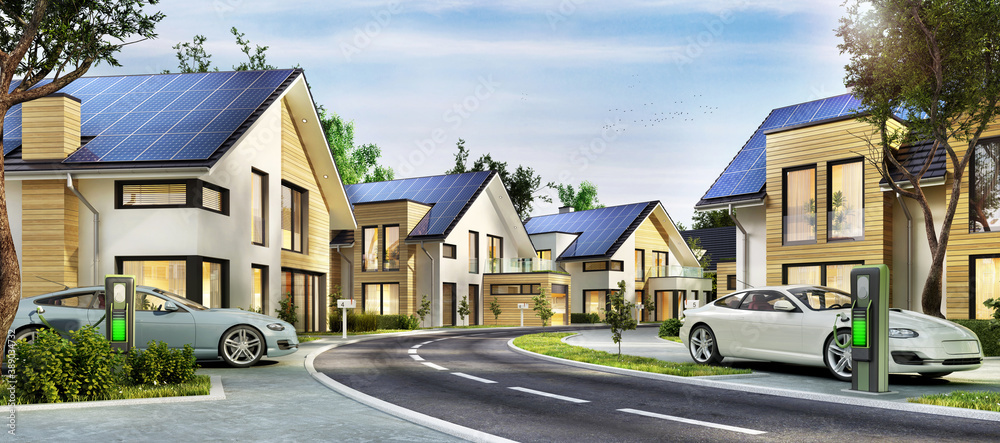
More reasons to go solar when gearing up for a greener drive
With electric vehicle sales soaring worldwide, potential buyers are not just weighing up the price tag, but also the logistics and expense of charging the planet-friendly cars. Going solar and off the grid will save motorists hundreds of dollars.
“We’ve Got the Power”: Sandia technology test delivers electricity to the grid
For the first time, Sandia National Laboratories researchers delivered electricity produced by a new power-generating system to the Sandia-Kirtland Air Force Base electrical grid.
PPPL in the spotlight: national CBS news program focuses on fusion energy
The U.S. Department of Energy’s Princeton Plasma Physics Laboratory and Steve Cowley, PPPL’s director, were featured on the July 23 “CBS Saturday Morning.”
New Public-Private Partnership to Upgrade Tool That Estimates Costs of Power Interruptions
Berkeley Lab has initiated a national public-private partnership to update and upgrade the Interruption Cost Estimate (ICE) Calculator – a publicly available, online tool – which estimates the economic consequences of power interruptions.
Uncovering a novel way to bring to Earth the energy that powers the sun and stars
PPPL scientists have uncovered critical new details about fusion facilities that use lasers to compress the fuel that produces fusion energy. The new data could help lead to the improved design of future laser facilities that harness the fusion process that drives the sun and stars.
Chula’s Own Solar Cell Project High-powered and Diverse Formats that Meet World Standards
Chula’s researchers have garnered themselves a world-class reward for their latest solar cell project which increases the capacity of electricity production and can be applied to numerous types of merchandise. These new solar cells are guaranteed to meet international standards and develop clean energy for society.
Identifying global poverty from space
A new IIASA-led study proposes a novel method to estimate global economic wellbeing using nighttime satellite images.
A better way to create compounds for pharmaceuticals, other chemicals
What do gunpowder, penicillin and Teflon all have in common? They were inventions that took the world by storm, but they were all created by complete accident.
Wind and solar could power the world’s major countries most of the time
With the eyes of the world on the United Nations COP26 climate summit in Glasgow, Scotland, strategies for decarbonizing energy infrastructure are a trending topic. Yet critics of renewables question the dependability of systems that rely on intermittent resources. A recent study led by researchers at the University of California, Irvine tackles the reliability question head-on.
Europe’s energy crisis shows electricity and gas still ‘intimately’ tied
European officials are grappling with an energy crisis that is sending gas prices soaring and creating divisions over how to tackle the issue as the winter months approach. Jacob Mays, an assistant professor in the School of Civil and Environmental…
A Call to Rethink Electricity Measurement
PNNL researcher’s proposed overhaul of outdated electricity measurements could mean fewer blackouts, better automation, and more clean energy resources.
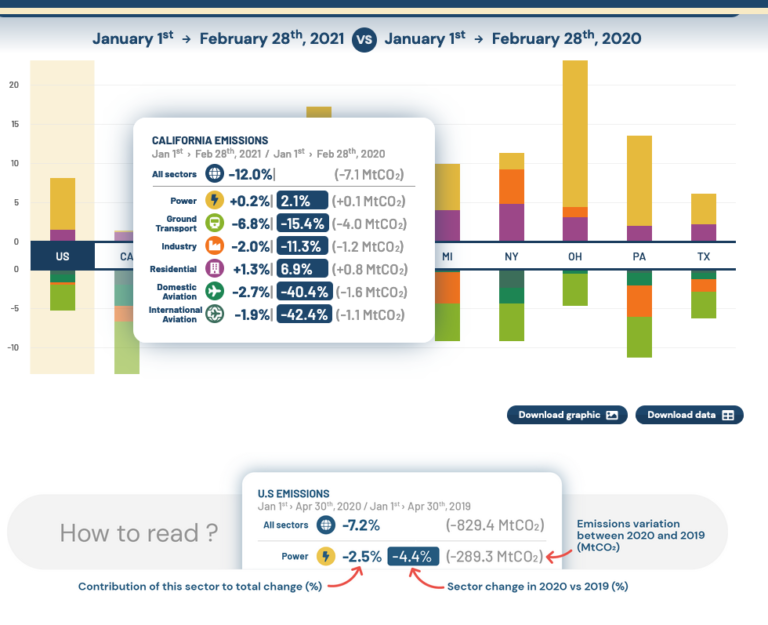
New U.S. Carbon Monitor website compares emissions among the 50 states
Irvine, Calif., April 7, 2021 — Following last year’s successful launch of a global carbon monitor website to track and display greenhouse gas emissions from a variety of sources, an international team led by Earth system scientists from the University of California, Irvine is unveiling this week a new data resource focused on the United States.
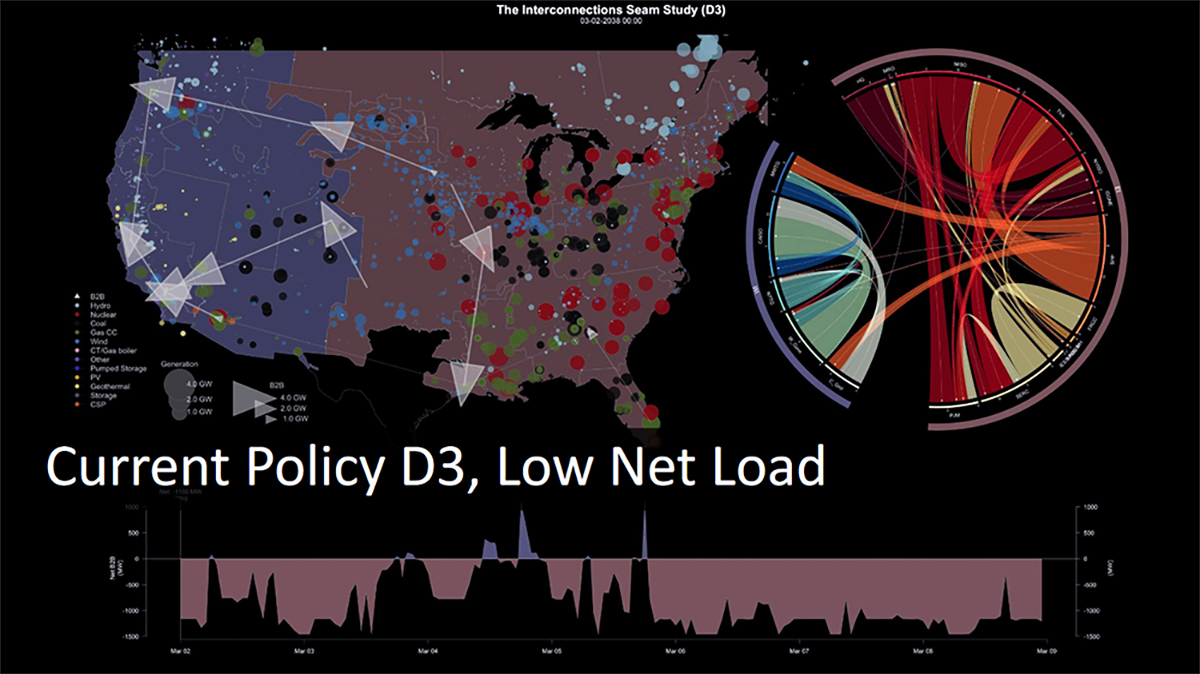
Engineer studies costs, benefits of connecting U.S. electrical grids
James McCalley, an Anson Marston Distinguished Professor in Engineering and the Jack London Chair in Power Systems Engineering at Iowa State University, has studied the U.S. electrical grid for years. He’s helped study the costs and befefits of connecting the…
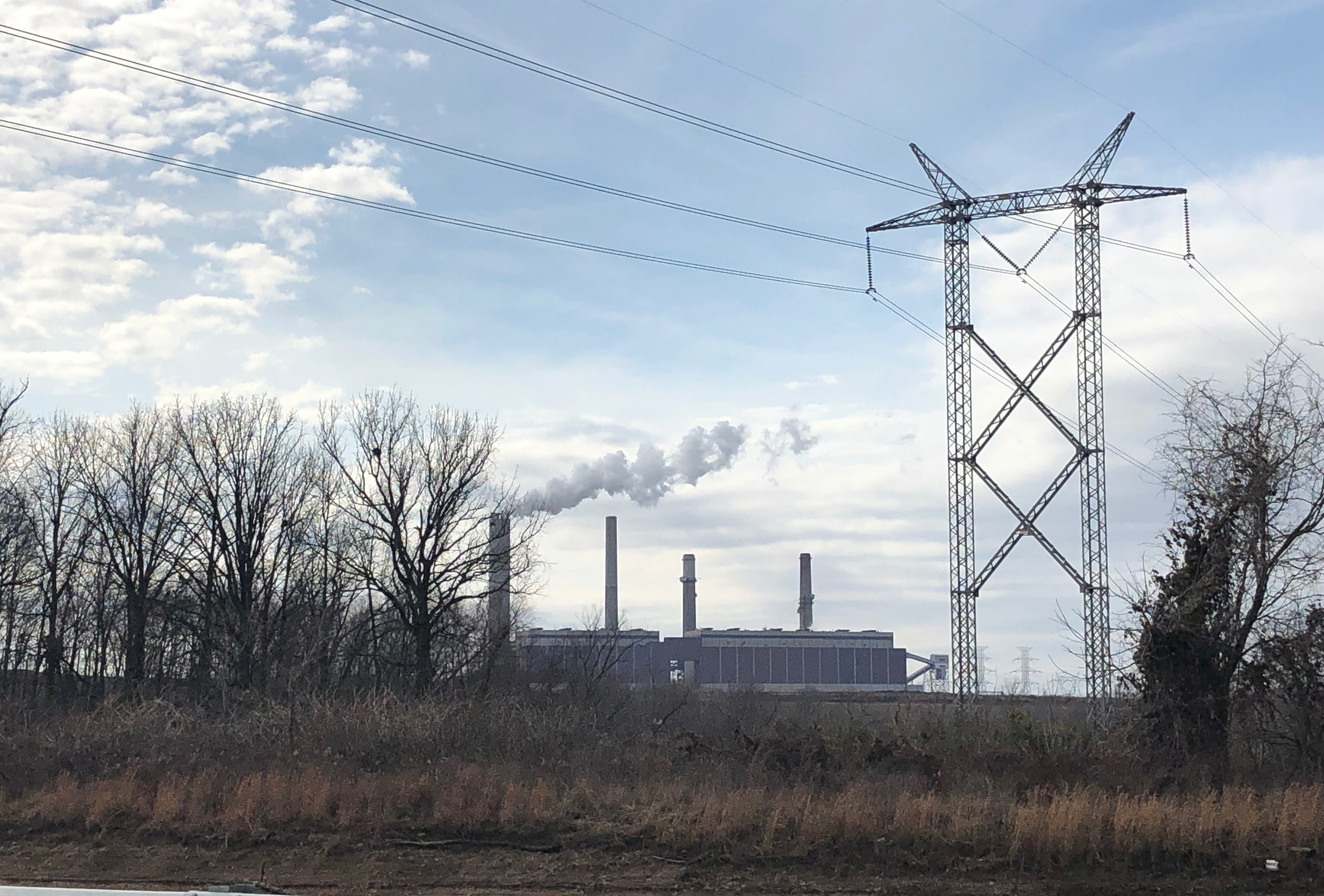
Shuttering Fossil Fuel Power Plants May Cost Less Than Expected
Decarbonizing U.S. electricity production will require both construction of renewable energy sources and retirement of power plants now operated by fossil fuels. A generator-level model described in the December 4 issue of the journal Science suggests that most fossil fuel power plants could complete normal lifespans and still close by 2035 because so many facilities are nearing the end of their operational lives.

Improving High-Energy Lithium-Ion Batteries with Carbon Filler
Lithium-ion batteries are the major rechargeable power source for many portable devices as well as electric vehicles, but their use is limited, because they do not provide high power output while simultaneously allowing reversible energy storage. Research reported in Applied Physics Reviews aims to offer a solution by showing how the inclusion of conductive fillers improves battery performance.
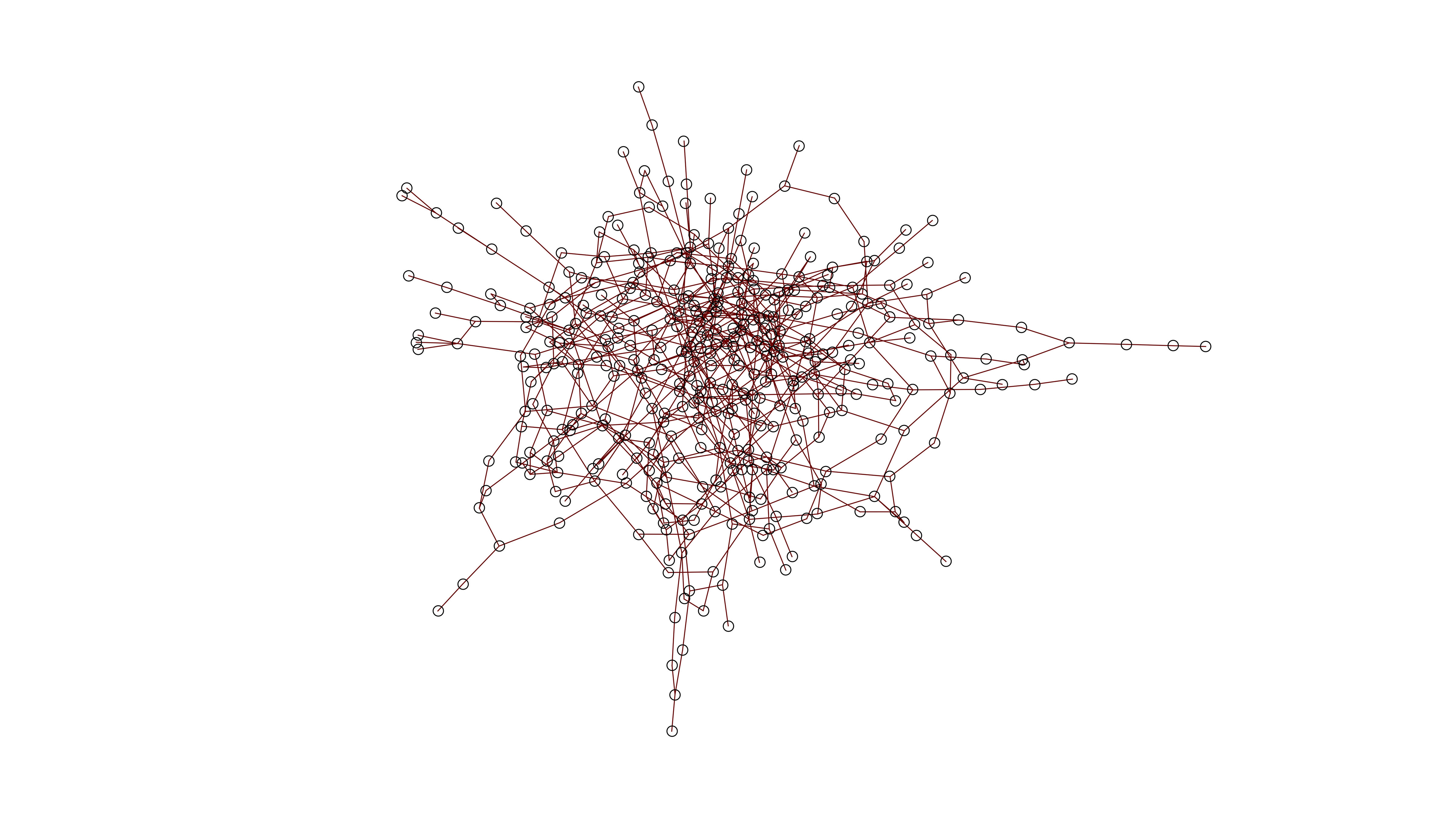
Smart Devices to Schedule Electricity Use May Prevent Blackouts
Power plants generate electricity and send it into power lines that distribute energy to nodes where it can be used. But if the electricity load is more than the system’s capacity, transmission can fail, leading to a cascade of failures throughout the electric grid. In the journal Chaos, researchers show demand side control may be an effective solution to stabilizing the reliability of power grids that use a mix of energy generation sources.
Grant supports development of efficient offshore wind farms
A new interdisciplinary Cornell University research project is designed to unlock the power of wind energy by optimizing the spacing between wind turbines and wind turbine arrays to maximize power production.
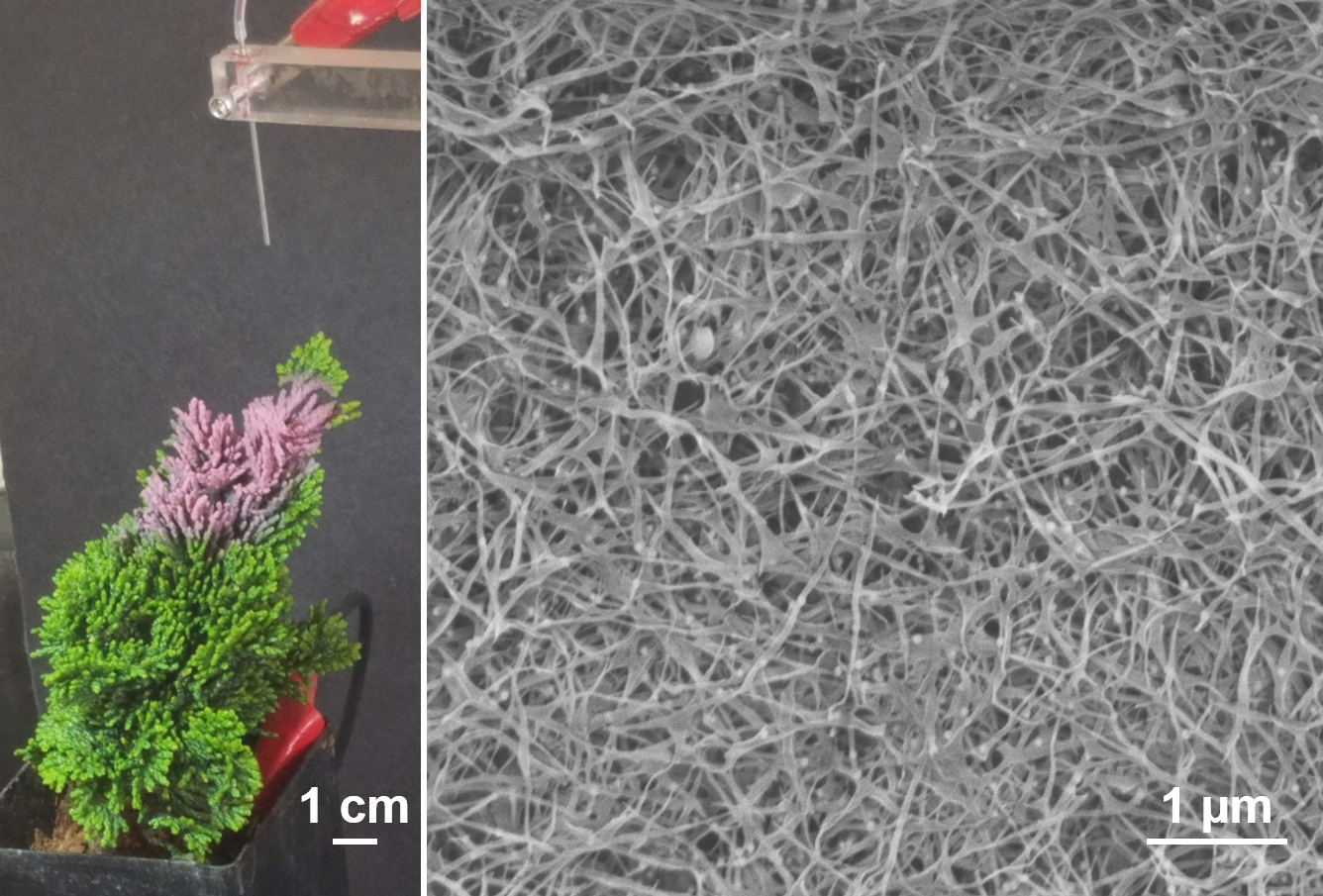
Plant-Based Spray Could be Used in N95 Masks and Energy Devices
Engineers have invented a way to spray extremely thin wires made of a plant-based material that could be used in N95 mask filters, devices that harvest energy for electricity, and potentially the creation of human organs. The method involves spraying methylcellulose, a renewable plastic material derived from plant cellulose, on 3D-printed and other objects ranging from electronics to plants, according to a Rutgers-led study in the journal Materials Horizons.
Power Player: Engineering professor researches how to keep America’s lights on
Ning Zhou from Binghamton University, State University of New York received a National Science Foundation (NSF) CAREER Award to provide a 21st-century vision for power systems.
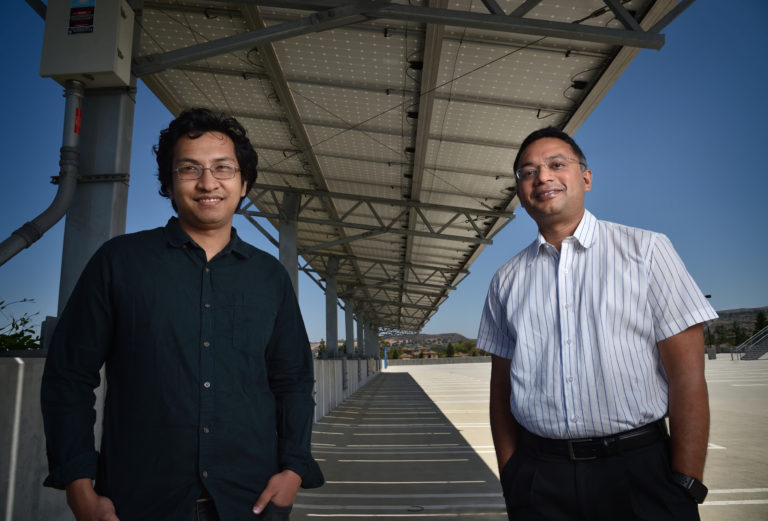
UCI cyber-physical security researchers highlight vulnerability of solar inverters
Irvine, Calif., Aug. 18, 2020 – Cyber-physical systems security researchers at the University of California, Irvine can disrupt the functioning of a power grid using about $50 worth of equipment tucked inside a disposable coffee cup. In a presentation delivered at the recent Usenix Security 2020 conference, Mohammad Al Faruque, UCI associate professor of electrical engineering & computer science, and his team revealed that the spoofing mechanism can generate a 32 percent change in output voltage, a 200 percent increase in low-frequency harmonics power and a 250 percent boost in real power from a solar inverter.
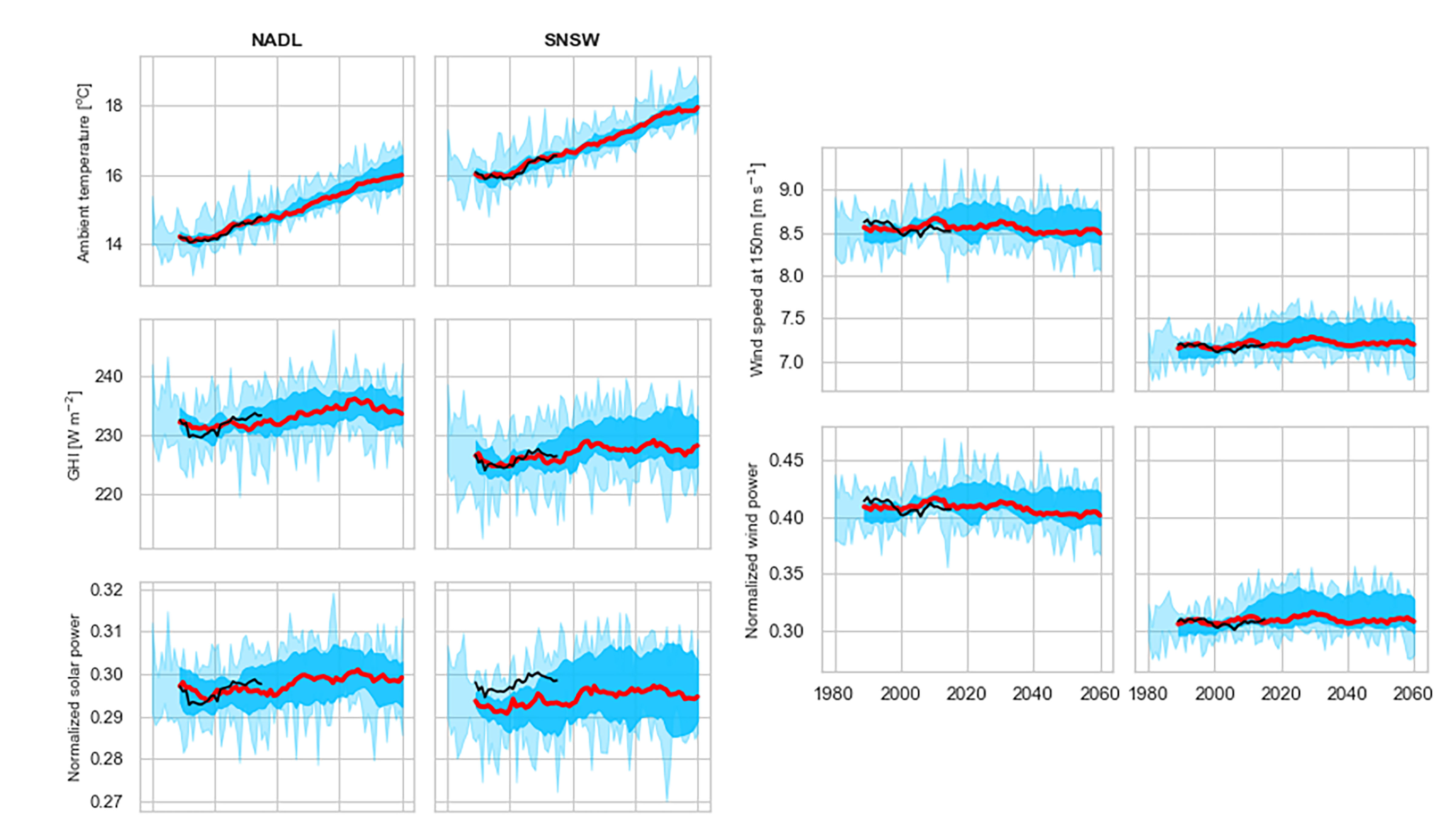
Climate Change Impact on Green Energy Production
As the climate of the planet is changing, many researchers are looking to more renewable energy sources. In the Journal of Sustainable and Renewable Energy, researchers investigate whether the power generated by solar and wind farms would differ between current and future climates. The researchers focused on sites in Australia where variable renewable generators are located or are likely to be located in the future based on the Australian Energy Market Operator’s system plan.

Quantum Materials Quest Could Benefit From Graphene That Buckles
Graphene, an extremely thin two-dimensional layer of the graphite used in pencils, buckles when cooled while attached to a flat surface, resulting in beautiful pucker patterns that could benefit the search for novel quantum materials and superconductors, according to Rutgers-led research in the journal Nature. Quantum materials host strongly interacting electrons with special properties, such as entangled trajectories, that could provide building blocks for super-fast quantum computers. They also can become superconductors that could slash energy consumption by making power transmission and electronic devices more efficient.
Hybrid inverter integrates distributed energy resources, supports smart grid function
Oak Ridge National Laboratory researchers have developed an intelligent power electronic inverter platform that can connect locally sited energy resources such as solar panels, energy storage and electric vehicles and smoothly interact with the utility power grid.
Newer Solar Power Equipment Ages Better Than Older Units
Utility-scale photovoltaics are the largest sector of the overall solar market within the U.S. and the fastest-growing form of renewable power generation, and this fleet of utility-scale photovoltaic projects is relatively young and hasn’t been operating long enough to establish a lengthy history of operational field service. In the Journal of Renewable and Sustainable Energy, researchers assess the performance of 411 utility-scale photovoltaic projects built within the U.S. from 2007 through 2016.
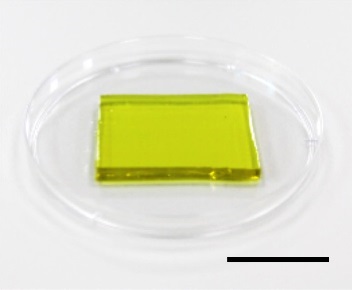
A new way to cool down electronic devices, recover waste heat
Using electronic devices for too long can cause them to overheat. Now, researchers reporting in ACS’ Nano Letters have developed a hydrogel that can both cool down electronics, such as cell phone batteries, and convert their waste heat into electricity.
Cloud Sourcing Electricity Usage
What do energy usage in buildings and traffic congestion have in common? Crowdsourcing.
Rutgers Experts Can Discuss Emissions, Climate Change During COVID-19 Crisis
New Brunswick, N.J. (April 13, 2020) – Rutgers University–New Brunswick experts are available for interviews on the impacts of the COVID-19 pandemic on greenhouse gas emissions, climate change and efforts to promote a greener economy and lifestyles. “During the 2007…
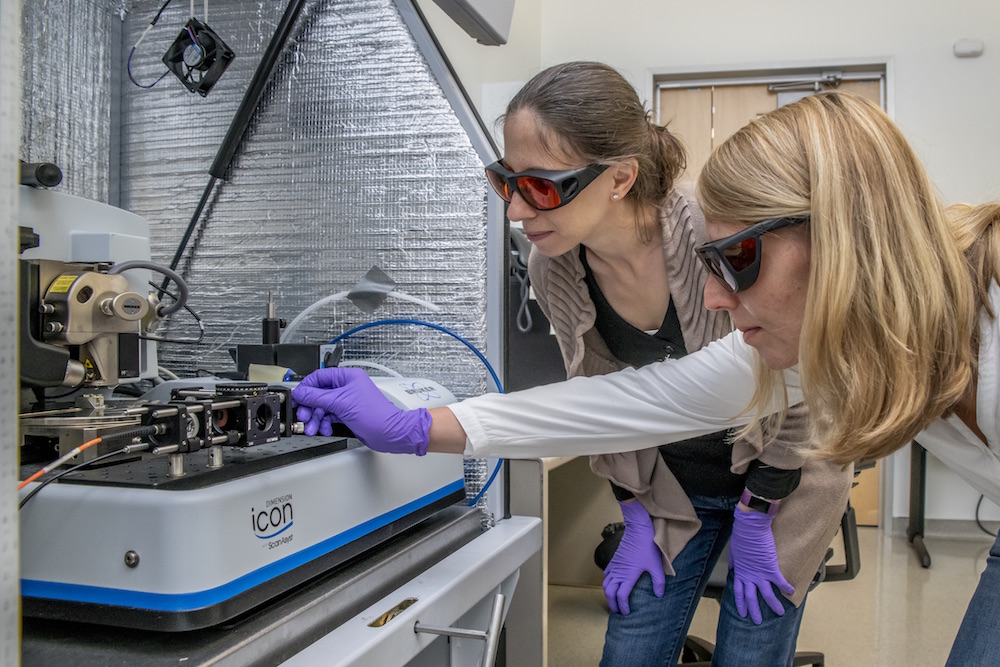
How JCAP Is Making Solar Fuels Shine
As we look back at a decade of discovery, we highlight 10 achievements by scientists at Berkeley Lab and the Joint Center for Artificial Photosynthesis that bring us closer to a solar fuels future.
Researchers wake monkeys by stimulating ‘engine’ of consciousness in brain
A small amount of electricity delivered at a specific frequency to a particular point in the brain will snap a monkey out of even deep anesthesia, pointing to a circuit of brain activity key to consciousness and suggesting potential treatments for debilitating brain disorders.